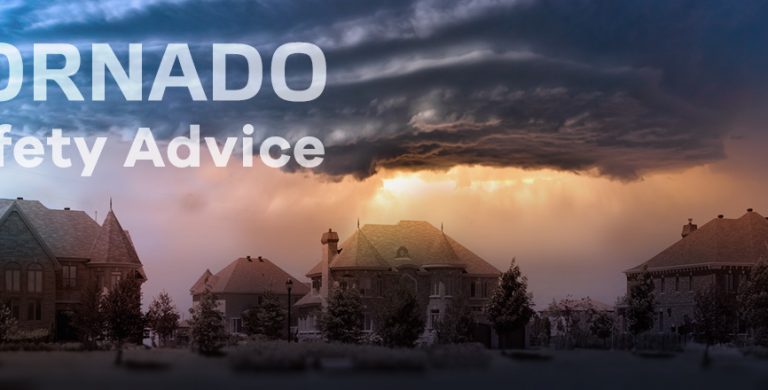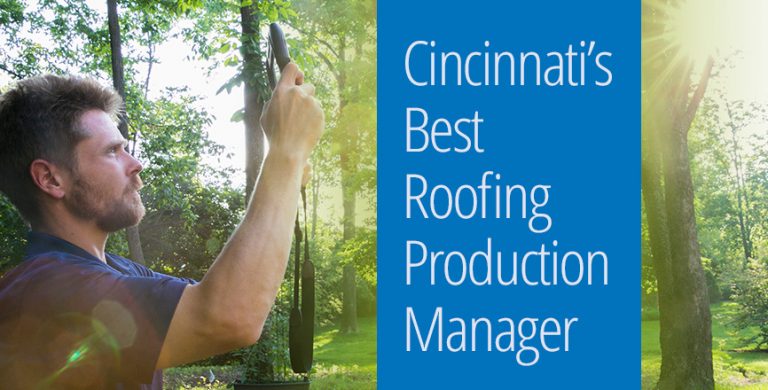While homeowners often associate roof collapse with the winter season because we hear more about the weight of snow and sleet causing roofs with weakened structures to collapse, roof collapse can actually happen at any time. Whenever a roof has any type of roof damage, it is susceptible to collapsing if the problem is not fixed in a timely fashion.
Signs of Roof Collapse
When roofs are old or become weakened by roof damage, they begin showing warning signs of a roof collapse. Exterior warning signs include:
- Sections of the roof that are sagging;
- Bends or ripples in the roof supports;
- Framing screws that are bent or missing;
- Deformities in the roofing structure;
- Cracked or split wood components;
- Cracks in the exterior masonry.
You’ll also notice warning signs from inside your house, among them:
- Cracks in ceilings or interior walls;
- A sagging ceiling;
- Roof leaks into the interior of the home;
- Creaking, popping, or cracking sounds coming from the roof;
- Sprinkler heads that have dropped to below the ceiling tiles;
- Doors or windows that are hard to open;
- Doors that pop open on their own;
- Bent utility pipes or conduits that are attached at the ceiling.
Anytime you notice one or more of the warning signs of roof collapse, contact the Roofing Annex for immediate roof repairs or roof replacement, if necessary. We handle emergency roofing problems. Of course, if you feel your roof is about to collapse, evacuate the home and call 911.
How to Prevent Roof Collapse
Residential roofs exhibit signs of distress before roof failure actually occurs. These signs are identified in roof inspections, so it’s important to schedule these twice a year and always after a severe storm. The Roofing Annex offers preventative inspections, as well as free storm damage roof inspections.
Some other roof maintenance tips for preventing a roof collapse are:
- Having roof damage repaired or replaced before it begins leaking.
- Cleaning off roof debris every year, especially from roof valleys or corners of the roof.
- Removing mold, moss, mildew, algae, or other fungus that is growing on your shingles. They hold moisture and cause roof rot.
- Keeping roof drains, gutters and downspouts free of debris. During winter, clear away any ice that has formed or snow that is blocking them from draining.
- Positioning downspouts two feet above the ground so water flows freely out of them and the bottom of the downspout doesn’t freeze to the ground.
- Having large amounts of snow that have accumulated on your roof removed professionally. If you do it yourself, use a snow rake and start at the drainage device and move up slope.
- Piling snow away from downspouts when plowing or shoveling.
Our Roof Maintenance Services
The Roofing Annex is a full-service roofing company, which means we not only install roofs, we maintain them as well. Besides our preventative care roof inspection and storm damage roof inspections after a storm, we also provide all forms of roof repair services, as well as roof maintenance services. To learn more about our roof prevention and maintenance services, contact us for information.



